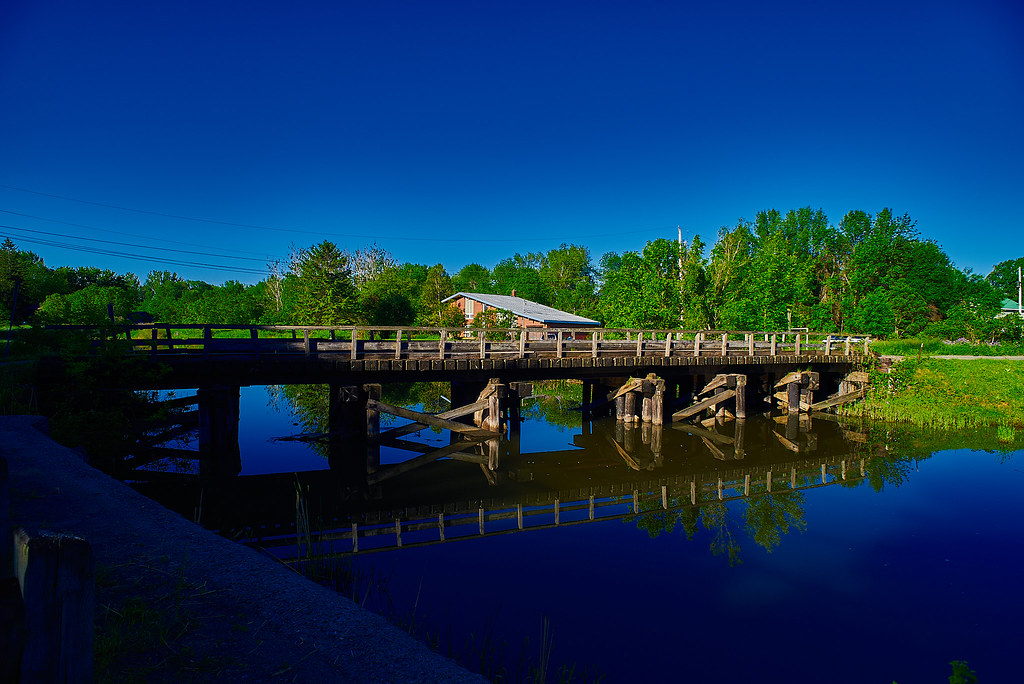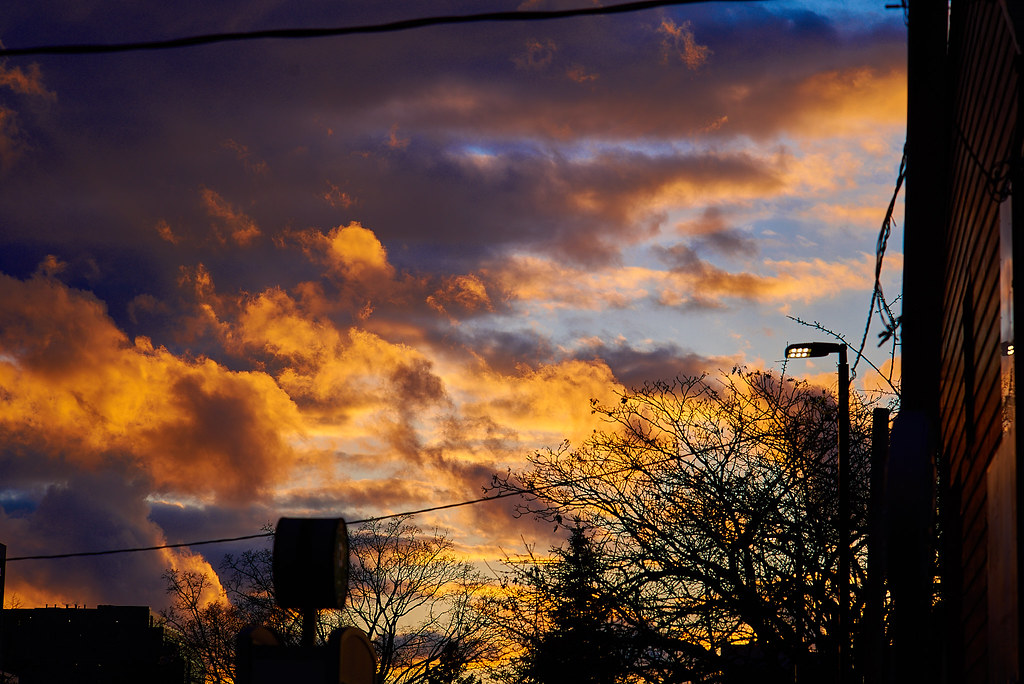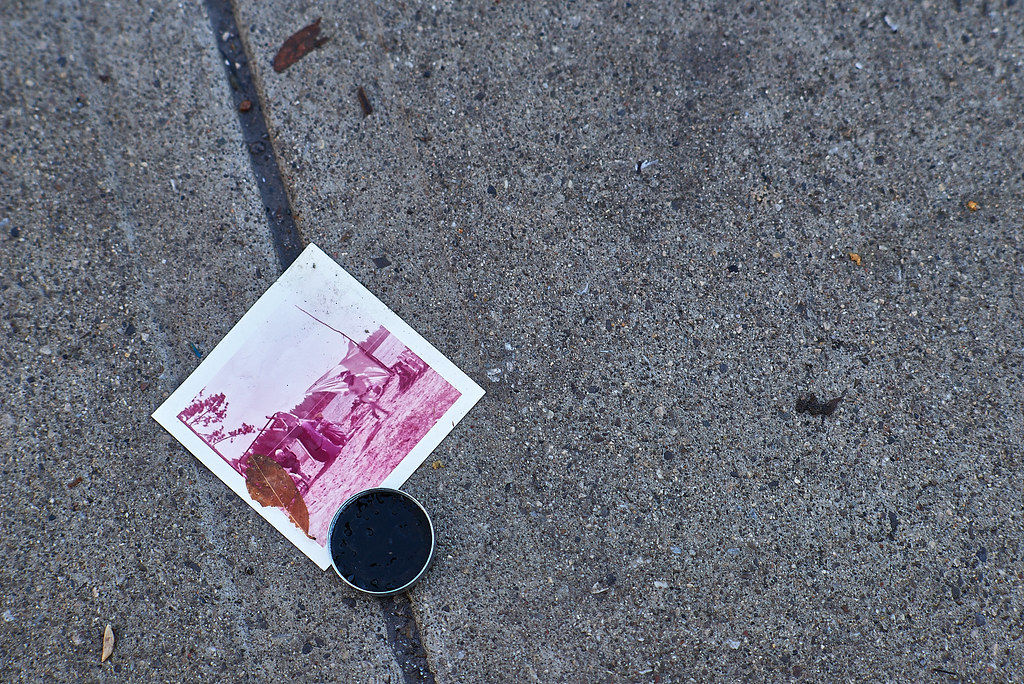The time gap has me going in circles, as I'm WAY too much of a gearhead and almost every option I've looked at has something serious going for it.
So first up - My quick takes on each option/system:
Sony - Great lens options, The FF cameras in my pricerange all have rough edges for my uses, I massively dislike the handling of their APS-C options. My Partner has an A7II so lens sharing is viable. Don't love how the files render. Poor software but good customization. Best pre-capture in larger formats, limited computational features. Poor experience for adapted non-CPU lenses. By far the worst JPEG profiles.
Canon - This would work for me, but lens options are limited. I like the cameras, I like the lenses, but they don't excite me. Canon is very much the image making appliance. Really good, but boring. OK software and customization. Latest bodies have mostly workable pre-capture, very limited computational features. Only 1 crop body has IBIS, poor experience for adapted non-cpu lenses. Limited JPEG profiles, but what you get is VERY good.
Panasonic (FF) - In Isolation, this is arguably the best choice for me. Good bodies, good lenses, good handling, lots of interesting glass. But no APS-C options although the S9 is cheap enough to mostly cover the uses I'd otherwise look at a crop body for. Good software and customization. Best computational features in larger sensor formats and decent pre-capture. Good non-CPU lens experience. LUT support for JPEG makes JPEG profiles top-tier.
Nikon - Been a Nikon shooter since 1993. Love the lenses, love the ergonomics, Lacking in wide options and I'm a wide shooter. Lousy software & customization. (NB - Keeping my Z7 regardless for my legacy glass). Zf/Zfc have ergo/control layout issues but love the looks. Middling computational and pre-capture is crippled. No IBIS on crop. Good non-CPU lens experience, best manual focus aids (CPU lens only). Second best JPEG profile system, but worst marketed and limited community support.
Fujifilm - I love the body design options, although I still don't like the chiclet buttons on some of the controls. Love the lens lineup, lots of oddball lenses. Best screen setups on less expensive bodies, lowish cost of entry. I'm not a fan of XTrans for colour files, but can get good results. Top-Notch B&W. Best marketed JPEG profiles. Very limited computational options, decent enough software, good non-CPU lens support. Arguably the best selection of body styles for my uses in a single sensor size. Worst AF, but still usable. Good manual focus aids. Good customization, middling software.
OM System - Nice bodies, Expensive, most bodies have crap viewfinders even at higher prices. Great glass, small size, sealed. The best computational features by a mile. Decent software. SOmewhat limited lens options due to more limited 3rd party support. Biggest problem is a lack of second body option. Good non-CPU lens support, poor manual focus aids due to software limitations. Love the files, but limited IQ vs other options. Overpriced bodies below the OM-1. Very good JPEG profile system, in 3rd place. Good software & customization
Panasonic (m43) - Lead body is excellent, combining all the features of its FF cousin with an excellent m43 sensor. Good webcam body (limited but small & cheap), no retro type body/compact body in between the two right now. Becomes viable when the GX9 gets updated with the current internals as the old internals suck by modern standards. Good lens selection. Kinda chonky for the sensor size. Best JPEG profiles (sae LUT system as FF), good computational support, good non-CPU lens support. Good software & customization
So, next up is what are my use cases.IE what do I use my cameras for, and how does that impact my gear.
1. Landscape/Nature photography. Bias towards reducing carry weight here. Need wide/normal, macro and tele options. This is my main zoom usage.
2. Aviation - Mostly model aviation (I'm an RC'er) but also airshow. Good enough AF with long lens option and highish framerates. Takes a backseat to my other uses as I only do this a few times a year.
3. Street/Cityscape/Urban detail - Very prime oriented, compact preferred. Don't care about AF. My Z7 will remain lead for this with my old lenses, but whatever I buy needs to be able to do this. I like weird and cheap glass, so that's a must-have for the system (it's largely why I sold the R6 which I got along with decently)
4. Video - I have 2 needs here, portable webcam for work and fixed video for my RC-related youtube channel. Latter is a 'pretty much anything with a flip/twist screen' will work, but for the webcam I greatly prefer a camera which supports direct USB webcam streaming instead of needing an app only my laptop (which has been a persistent frustration for me with the Nikon's in particular). I'd prefer this be a second/third body though so I can leave it setup most of the time. USB power/streaming is the best case here.
So where does that leave me?
I'm striking m43 entirely, Sony and Canon. Panasonic doesn't offer me a retro style body and I really like those due to decades of shooting manual focus film bodies. Too bad, because otherwise it's a great fit.
I'm sort of looping around to Fujifilm again. I've not owned a recent body (X-T2 was the newest) and if the continuous AF is noticeably better than the X-T2 it should work for me. I like the lenses, love the handling and the files are acceptable. Plus there's lots of neat glass available, which I missed when I sold off the X-T2 and X-T1 to go back to m43 & NIkon. You can get a Fuji to Nikon adapter with AF as well. The main thing is that the X-M5 + X-T5 combo covers most of my needs, and the rest could be covered by an X-H body. The Nikon alternative is slowly settling on Z7+DX body (either Z50II as a do-everything or a Z30+future FX body to cover video now and a second carry body long-term).




















